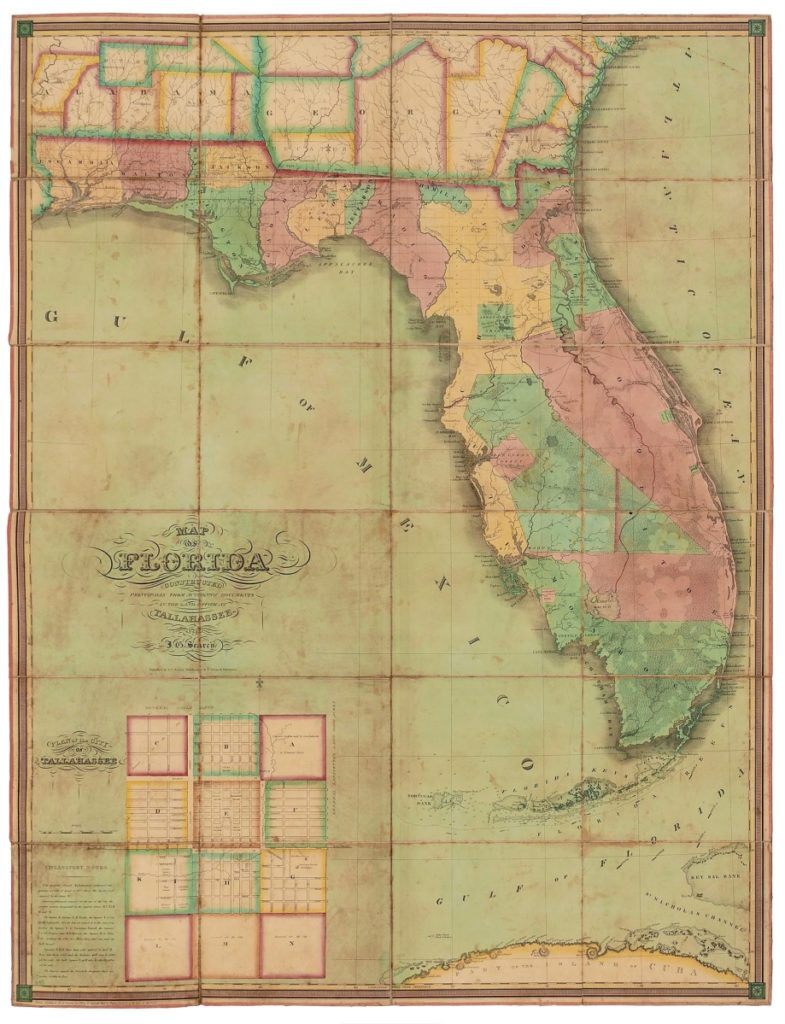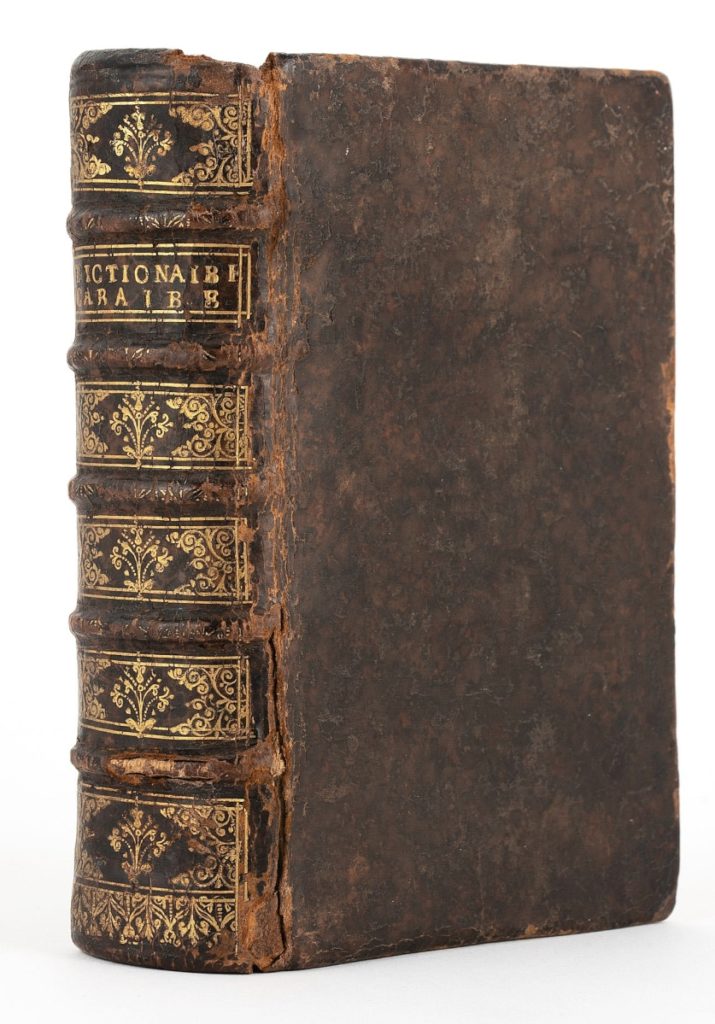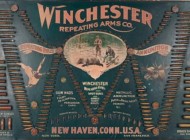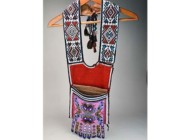
I.G. Searcy’s “Map of Florida constructed principally from authentic documents in the Land office at Tallahassee,” published by I.G. Searcy in Tallahassee and F. Lucas Jr in Baltimore on September 24, 1829, had provenance to Thomas Winthrop Streeter and set an auction record for the volume when it sold for the sale’s top price of $44,100, to a buyer in the United States ($5/8,000).
Review by Madelia Hickman Ring, Photos Courtesy Doyle
NEW YORK CITY – On June 15, Doyle offered 270 lots from the collection of Jay I. Kislak that were sold to benefit the Kislak Family Foundation. Kislak (1922-2018) was described by Doyle as a “businessman, philanthropist, aviator, collector, history enthusiast and patron of education and ideas,” who “created a cultural and historic legacy – unique collections of rare books, maps, manuscripts, paintings and artifacts.” His collecting began in the early 1950s, soon after he moved from New Jersey to Florida. He founded the nonprofit Jay I. Kislak Foundation for the conservation and study of materials related to the cultures and history of the early Americas.
Featuring nearly 275 lots, the sale saw an emphasis on art, antiquities and maps and books relating to the early history of Florida. Once the gavel fell on the final lot, nearly $540,000 had been tallied, well beyond the aggregate estimates of $294,780/456,520, with a 97 percent sell-through rate.
Mapping out a significant lead was I.G. Searcy’s 1829 “Map of Florida, Constructed Principally from Authentic Documents in the Land Office at Tallahassee,” which had been estimated at $5/8,000 but quickly unfolded to a record-setting price of $44,100. The folding wall map is known as the “Streeter Copy” because it had once been in the library of Thomas Winthrop Streeter, a book collector whose library of Americana was considered one of the most important of its kind. The map is one of just a very few examples: both the Library of Congress and Newberry Library in Chicago have colored copies while an uncolored copy is at the Touchton Map Library in Tampa Bay, Fla. It sold to a buyer in the United States.
A group of three rare Seventeenth Century French first editions that had been bound together in a single volume, or sammelband, by Raymond Breton, a Dominican missionary, finished at $21,420, well ahead of its $12/18,000 estimate.

It may have been a fragment of a much larger figure but this 38½-inch-long limestone relief from the head of Hathor still brought a full-sized price of $21,420 ($10/15,000).
Also selling for $21,420 and doubling its low estimate was an Egyptian limestone relief head of Hathor from the Ptolemaic period, 332-30 BCE. Measuring 38½ inches in length, it depicted a section of the full face of Hathor, the goddess of women as well as of fertility and love.
Other noteworthy results from Kislak’s antiquities collection were a circa Second Century CE Roman blown glass drinking horn ($5,670), an Egyptian limestone stela inlaid with three bronze cast cobras, 1069-664 BCE ($5,670) and a three-piece group of small Egyptian glass pieces – an earring, ear flare and heart amulet, 1550-1060 BCE ($5,355).
Kislak’s books, manuscripts and maps relating to Florida were popular and accounted for many of the highest prices realized. Reports in the form of letters that were written by Juan Ferro Machado for the King Carlo II tripled high expectations to bring $15,120. The first report on Machado’s official visit to the Provence of Florida, under the auspices of the Bishop of Cuba, in 1688 in which Machado makes recommendations concerning the Indians of Florida. The letters were bound with an attack of Machado’s proposals by Franciscan scholar, Francisco de Ayeta.

Taking second place honors at $21,420 was Raymond Breton’s sammelband of first editions. Dictionaire Caraibe-François, meslé de quantité de remarques historiques pour l’esclaircissement de la langue. Auxerre: Gilles Bouquet, 1665. [Idem]. Dictionaire François-Caraibe. Auxerre: G. Bouquet, 1666; and [Idem]. Petit catechisme, ou sommaire des trois premières parties de la doctrine chrestienne. Traduit du François, en la langue des Caraibes insulaires. Auxerre: G. Bouquet, 1664 ($12/18,000).
A group of two folding maps of Pensacola, Fla., by William Henry Chase and printed by T.&C. Wood in 1836 that had provenance to Edward Eberstadt and Thomas W. Streeter, pushed the boundary of its $500/800 estimate and achieved $9,450. For the same price, John Lee Williams’ The Territory of Florida: or, Sketches of the topography, civil and natural history of the country, the climate and the Indian tribes -also with Streeter provenance – exceeded its $3/5,000 estimate.
Also popular were two Eighteenth Century English manuscript cookbooks, including a tall folio volume in its original paneled calf binding that included medicinal cures among the recipes achieved $8,190.
Doyle’s next book sale will take place in early fall, date to be announced.
Prices quoted include the buyer’s premium as reported by the auction house. For information, www.doylenewyork.com or 212-427-2730.












